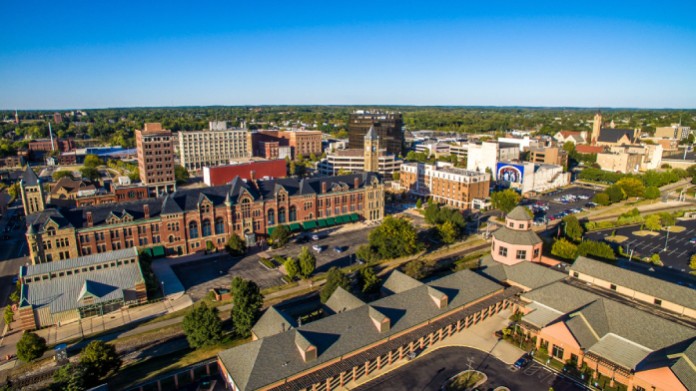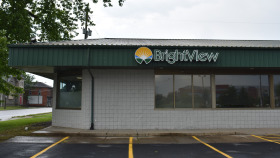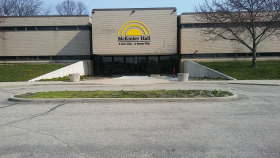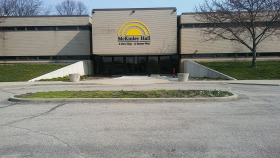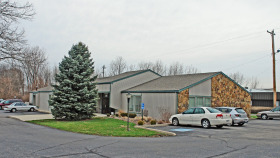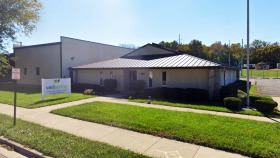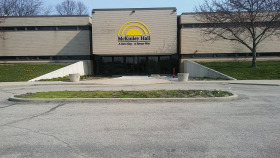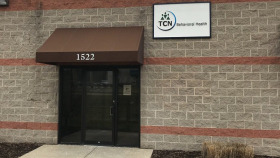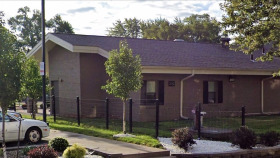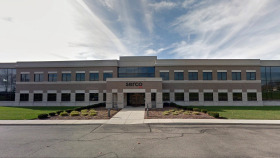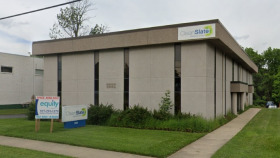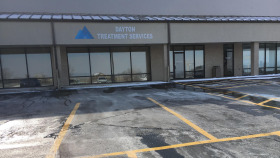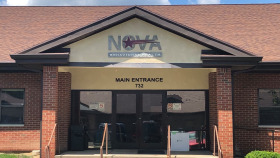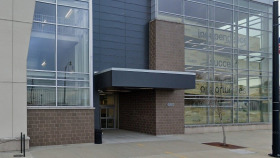Substance Abuse and Overdose Statistics in Springfield, Ohio
Like many parts of the United States, Springfield and the surrounding area have been hit especially hard by the opioid epidemic. Between 2015 and 2021, opiates were found in 87.3% of toxicology screens, making them the most common substance detected.1
Some additional facts about drug use in Springfield and in Ohio are as follows:1, 2, 3
From 2010 to 2020, deaths from drug poisoning have increased 258%.
Cocaine was involved in 35% of drug-related deaths in Clark County in 2021.
Illicit fentanyl was involved in 68.5% of drug-related deaths in Clark County in 2021.
Fentanyl was involved in 81% of overdose deaths in the state of Ohio in 2020.
Levels of Addiction Treatment
Here are the various levels of addiction treatment you’ll want to consider.
Professional Detox
Suddenly quitting drugs and alcohol often results in painful and even dangerous withdrawal symptoms. Professional detox can help manage these symptoms and keep you safe and comfortable while you go through withdrawal.
Residential Alcohol and Drug Rehab
The most structured and intensive setting, you live at the facility for a month to several months, depending on your needs. This option may be beneficial for those with a severe addiction or those who have previously dropped out of outpatient treatment.
Partial Hospitalization Programs (PHPs)
A step down from residential, PHPs involve a high frequency of care that is similar to inpatient except you return home during non-treatment hours.
Intensive Outpatient Programs (IOPs)
A step down from a PHP, IOPs involve several hours of treatment per day, for three to five days per week.
Standard Outpatient
The least intensive option, standard outpatient, involves just a few hours of treatment per week. It may only be appropriate for someone with a mild addiction, strong support system, and strong motivation to quit.
Aftercare
When you near the end of your program, you’ll collaborate with your treatment team on creating an aftercare plan that will help you stay sober even when transitioning back into your everyday life.
How to Pay for Drug and Alcohol Rehab in Ohio
There are many ways to finance the cost of drug rehab in order to get the help you need.
Private Insurance
Thanks to the Mental Health Parity and Addiction Equity Act, every insurance provider must cover substance abuse treatment to some extent. Contact your health insurance provider directly to learn more about your specific plan and its coverage.
Ohio Medicaid
Ohio Medicaid, a government program for low-income people, covers some or all of drug addiction treatment, including inpatient, outpatient, PHPs, and beyond.
Medicare
Ohio Medicare, a government program providing coverage to people 65 and older, covers alcohol and drug rehab as well as screening and assessments.
TRICARE in Ohio
Ohio TRICARE, a government program providing coverage for veterans and military personnel, covers some or all of the cost of substance abuse treatment services.
Sliding Scale Payments
Sliding scale rehabs are a great option for those looking to reduce the financial burden of rehab. They offer discounted drug rehab based on a person’s income and financial situation.
IHS-Funded Drug Rehabs
These rehabs receive funding from the Indian Health Service and in turn are able to provide no-cost addiction treatment to Native peoples.

Everything You Need to Know About Visiting Springfield, Ohio
If you are considering drug or alcohol rehab in Springfield, Ohio, or want to visit someone currently undergoing treatment there, you may have some questions about traveling to Springfield. The following information can help you plan your stay:
- The closest major airport to Springfield is James M. Cox Dayton International Airport, in Dayton, Ohio.
- Springfield is roughly 30 minutes from Dayton by car.
- Springfield is rich in history and has many historical landmarks, including Frank Lloyd Wright’s Westcott House, Hartman Rock Garden, and Pennsylvania House.
- Springfield has an average Walk Score of 42, making it a car-dependent city. If you are visiting, you may want to rent a vehicle or utilize ride-sharing services such as Lyft and Uber.
Ohio Substance Misuse and Overdose Laws
Here are some relevant and important Ohio drug and alcohol laws:1
Ohio Addiction Discrimination Laws: Employees are able to request time off work to attend addiction treatment and employers are required to provide reasonable accommodation to them, as long as the employee’s absence won’t cause hardship for the company.
Ohio Naloxone Access Law: Anyone can purchase naloxone at a pharmacy without a prescription.
Ohio Good Samaritan Overdose Law: Much like other states, this law provides protection from drug-related prosecution for those who call 911 when someone is overdosing. Unlike other states, the person must seek screening and referral for addiction treatment within 30 days of calling 911. They also won’t get immunity if they’ve already sought immunity twice under this law.
Resources
- Clark County Combined Health District. (2022, June 1). 2021 Drug Death Report.
- Clark County Combined Health District. (2022, May). Years of Potential Life Lost from Select Causes of Death.
- Ohio Department of Health. (n.d.). Drug Overdose.

